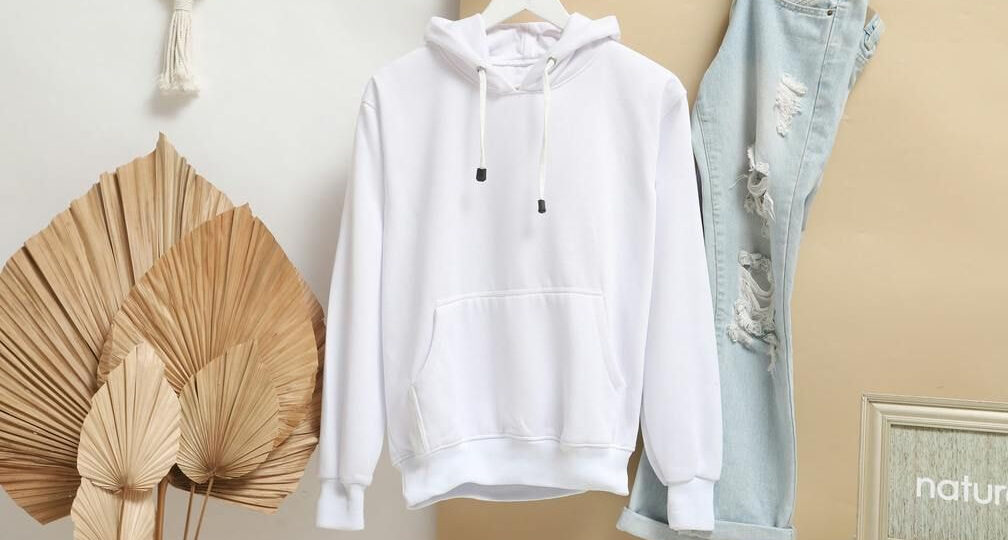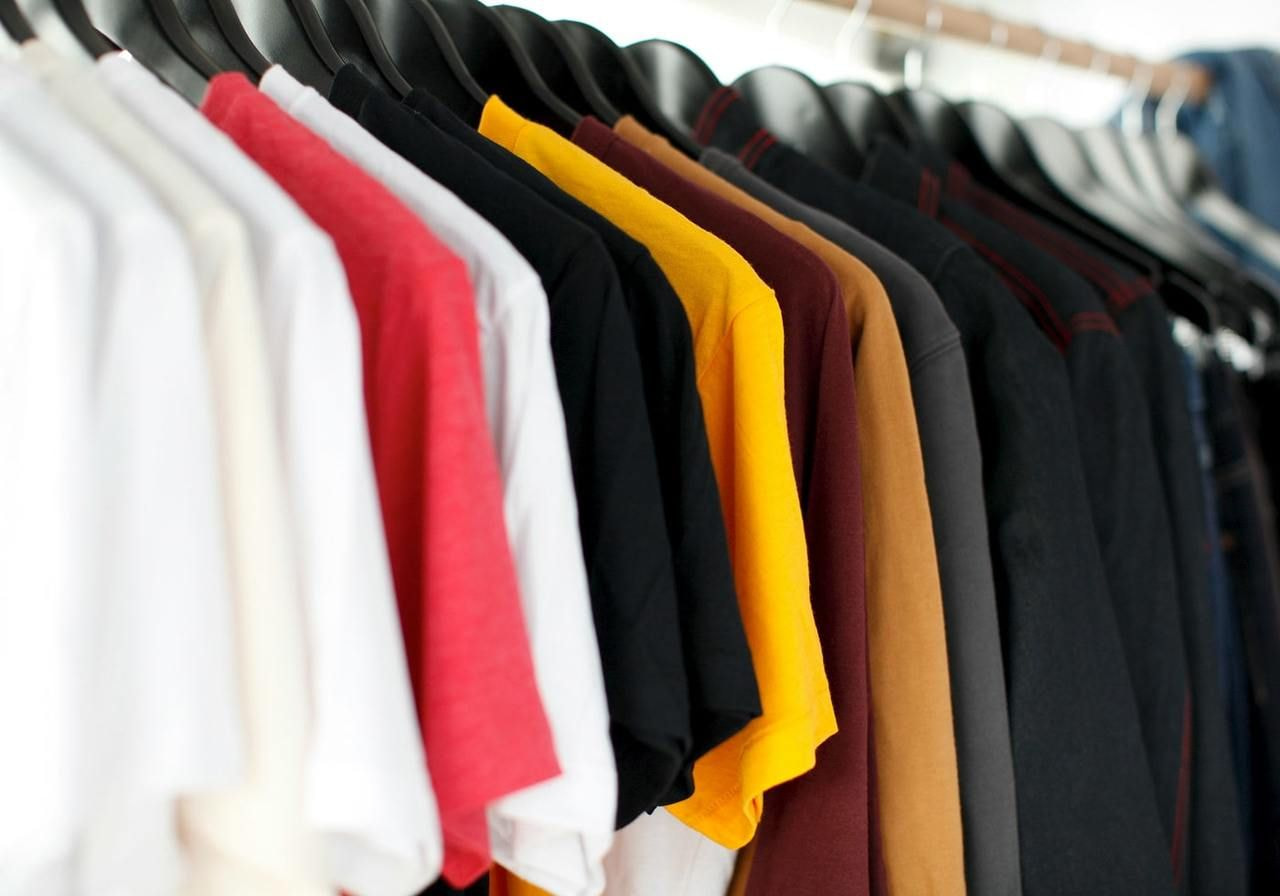Best printing methods for t-shirts in 2025 | Printful
September 19, 2025 | by deven.khatri@gmail.com

Popular t-shirt printing methods in 2025

To ensure your custom t-shirts look sharp and can withstand multiple washes, choosing the right printing method for your project is crucial. Each technique has its strengths and trade-offs, so let’s compare the most popular options in 2025.
Direct-to-garment (DTG) printing
DTG printing is a digital printing method that sprays inks directly onto the fabric. It creates photo-quality designs with nearly unlimited colors.
DTG printing requires minimal setup but has a longer print time per shirt, making it suitable for printing one-offs and small batches.
How does DTG work?
Think of DTG as printing on paper, but on fabric. Specialized inkjet heads spray water-based inks directly onto the shirt. To prepare the fabric, it’s coated with a pre-treatment solution so the ink bonds to the fibers. After printing, the shirt is heat-set to make the colors durable and long-lasting.
Fabric compatibility
DTG printing works best with 100% cotton or blends with a high cotton content. Natural fibers absorb the ink well, producing bright and detailed designs. On dark fabrics, a white underbase layer is added first to keep colors accurate.
Results on synthetic fabrics like polyester are poor, since water-based inks don’t absorb properly.
Best for
DTG is ideal for complex, multi-color, or photo-quality designs on cotton t-shirts. It’s also well-suited for small batches, on-demand orders, and product testing without the risk of overstock.
Valuable read: DTG vs Screen Printing
Direct-to-film (DTF) printing
Direct-to-film (DTF) is a digital t-shirt printing method where designs are first printed onto a special PET film and then transferred to the fabric with heat. It delivers detailed, colorful designs on a wide range of materials, including cotton blends and synthetics.
How does DTF printing work
The design is first printed on special transfer paper (PET film) using water-based inks. A fine powder adhesive is applied to the film, then melted to prepare the design for transfer. The printed film is placed on the garment and pressed with a heat press machine, bonding the design to the fabric as the film peels away.
While each design takes a bit more setup than DTG printing, DTF printing’s versatility makes it excellent for large runs – especially if you use Print on Demand (POD).
Fabric compatibility
One of DTF printing’s biggest advantages is its ability to print on t-shirts made from various materials, including cotton, cotton blends, polyester, fleece, and nylon.
Best for
DTF printing is ideal for multi-color, complex designs. The prints are durable and hold up wash after wash without cracking or peeling. This printing technique also works well across stretchier fabric types like polyester or nylon.
Valuable read:
Screen printing
Screen printing offers vivid, durable prints and is one of the oldest t-shirt printing methods. It’s a cost-effective choice for bulk orders, especially when designs use only a few solid colors.
How does screen printing work?
In screen printing, a fine mesh screen is prepared with blocked-out areas, leaving open spaces where the design will appear. Ink is then pressed through the mesh with a squeegee or blade, transferring the design onto the t-shirt. Once the excess ink is removed, the shirt is left to dry.
Fabric compatibility
Screen printing works best on cotton and cotton blends, which absorb the inks well and hold up through repeated washing.
Best for
Screen printing is ideal for designs with up to 5 colors. It’s a popular choice for team shirts, corporate branding tees, and event merch because of the low cost when ordering in bulk.
Since each color requires its own stencil and screen, screen printing is not ideal for intricate designs.
Valuable read: What is Screen Printing: Your All-in-One Roadmap
Sublimation
Sublimation printing, also called all-over printing, is a heat transfer printing method where inks are fused into polyester fibers using a heat press. As a result, designs become indistinguishable from the fabric itself.
How does sublimation printing work?
The design is printed onto sublimation transfer paper using special inks, then transferred from the paper to the fabric with a heat press machine. Under high temperatures, the dye turns into a gas and fuses with the fibers.
For all-over prints, the design is applied to rolls of fabric, which are then cut and sewn into finished t-shirts or other garments.
Fabric compatibility
Dye sublimation differs from other printing methods in that it requires 100% polyester, making it great for performance and sportswear tees.
Best for
Sublimation printing is best for all-over print designs. It allows you to produce vibrant colors and patterns across the whole garment, making it a strong choice for t-shirts made from synthetic fabrics.
Valuable read:
RELATED POSTS
View all



